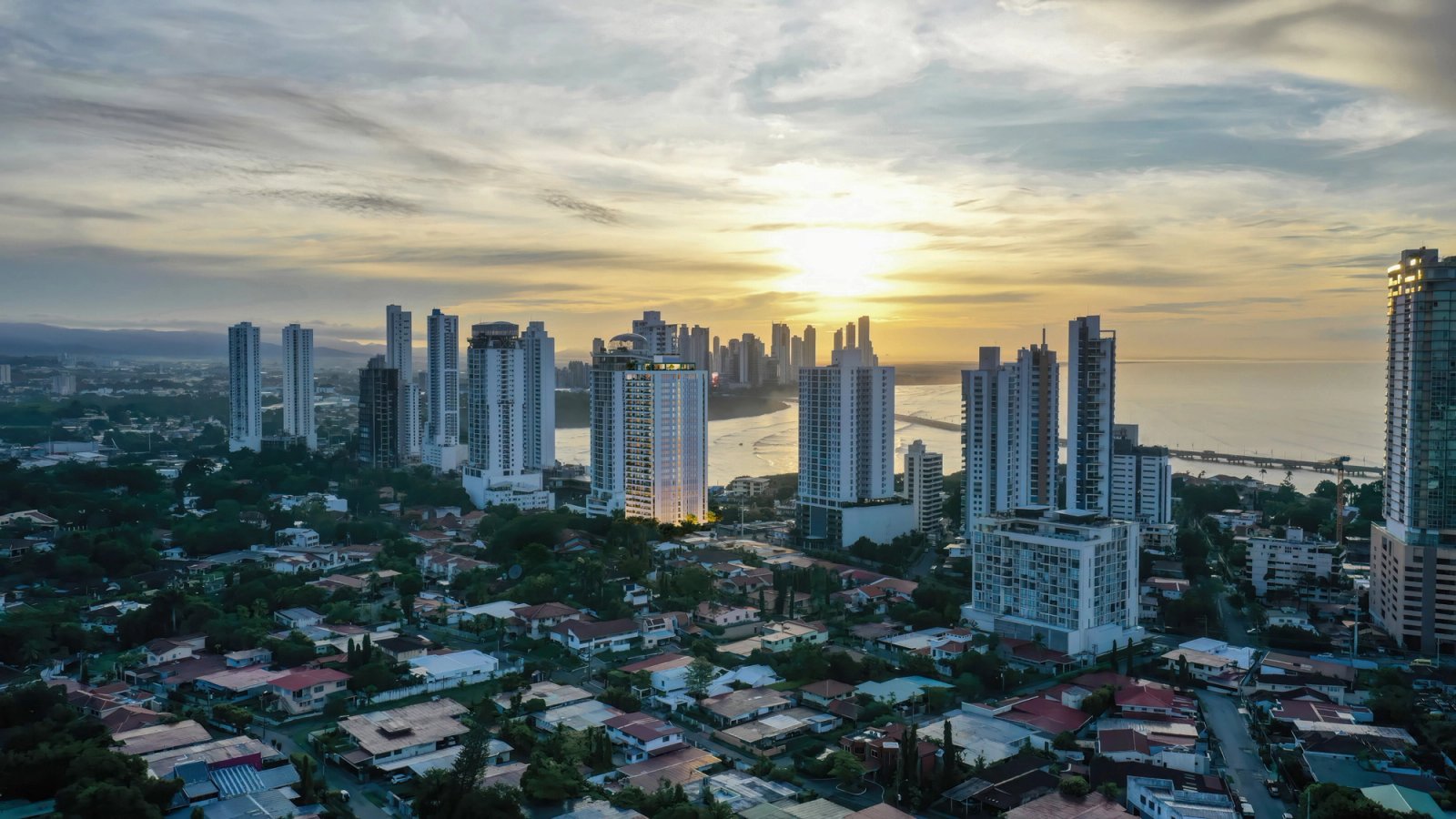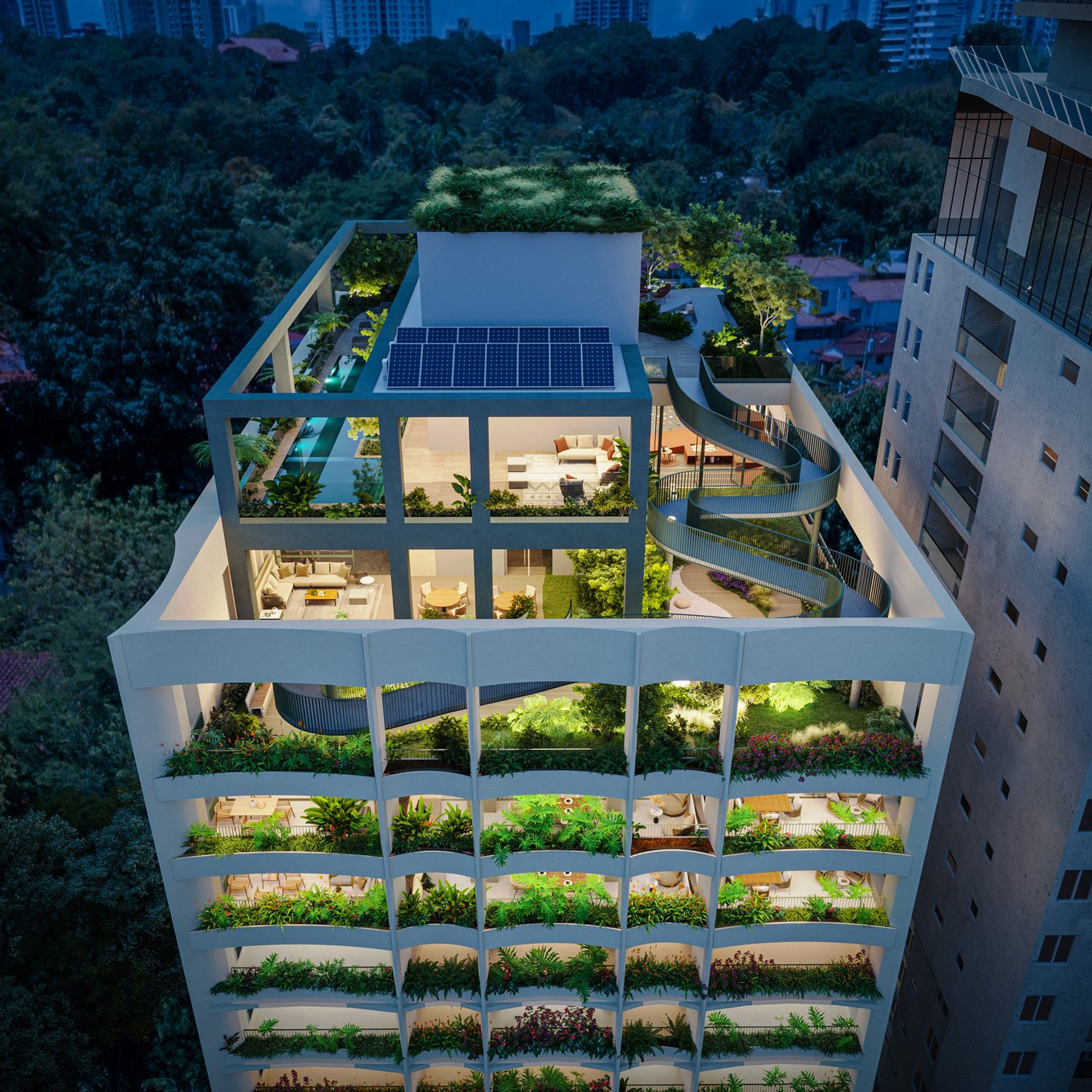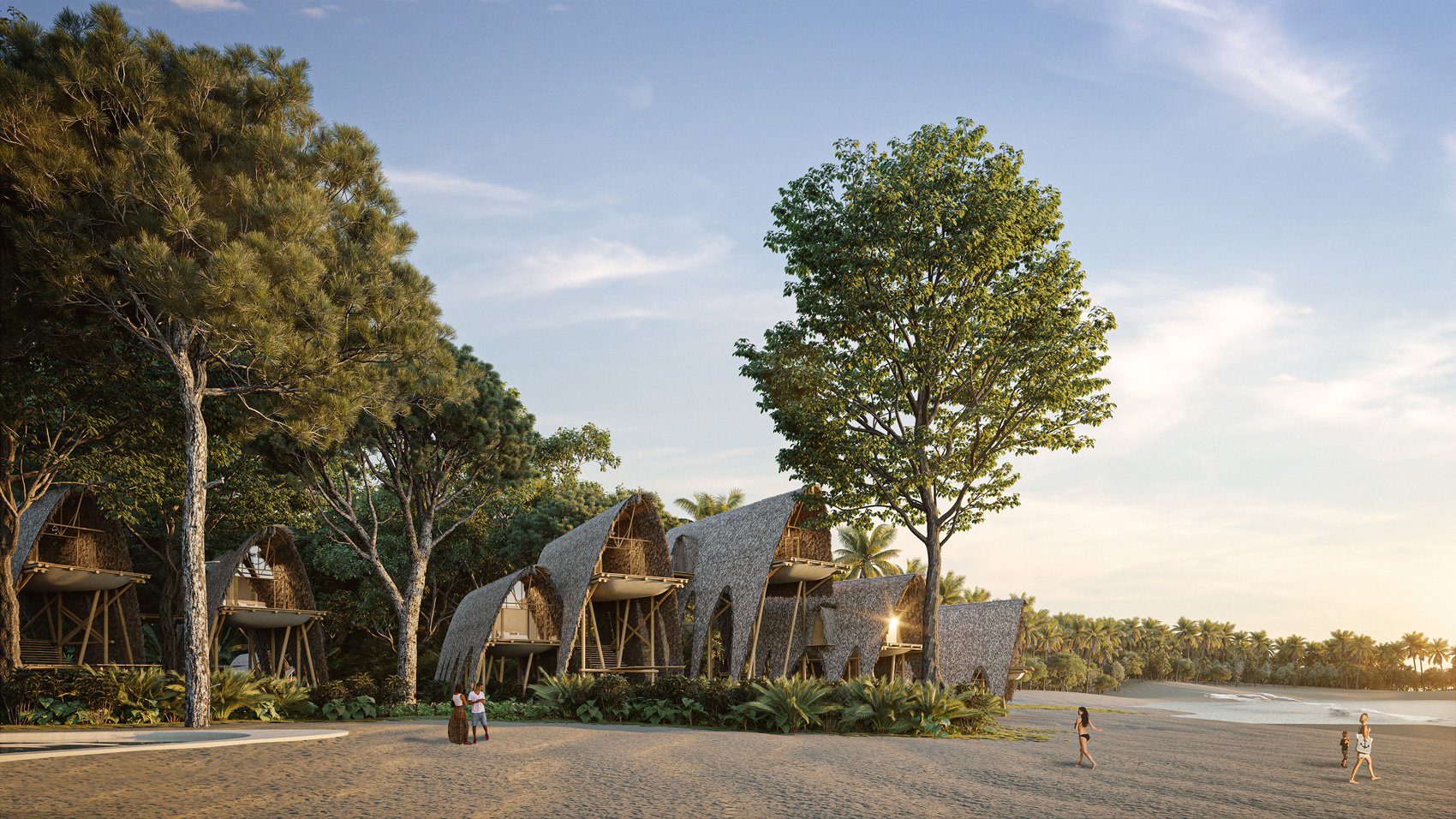Global society is currently marked by a series of critical risks, mainly related to geopolitical instability and climate change. According to the World Economic Forum (WEF), in its Global Risks Report for 2020, it identified that the five main global risks are linked to extreme climate events, lack of adaptation to climate change, human-caused environmental damage, loss of biodiversity and ecosystems. , and natural disasters. These risks have acute and chronic physical impacts on business operations, infrastructure, supply chains and beyond.

To mitigate the impacts of climate pressures in cities, it is essential to address structural changes in the design, construction and way in which we inhabit cities.
The risk related to climate change in urban environments is increasingly exacerbated as threats such as sea level rise, heat waves, extreme rainfall, coastal and river flooding, landslides, droughts, scarcity of water and air pollution, are becoming more frequent and of greater magnitude. These phenomena have negative impacts on people's health, livelihoods and assets, as well as local and national economies and ecosystems. According to the Intergovernmental Panel on Climate Change (IPCC), the effects of climate change extend to a wide range of infrastructure and service systems, from water and energy supply to transportation and telecommunications, as well as the environment. built and ecosystems. These interconnect with other social, economic and environmental stressors, exacerbating risks to the well-being of individuals and households. To mitigate the impacts of climate pressures in cities, it is essential to address structural changes in the design, construction and way in which we inhabit cities. Some of these measures include adopting sustainable construction practices that minimize our ecological footprint, promoting the use of renewable energy and efficient technologies that reduce dependence on fossil fuels; promote conscious urban planning that encourages sustainable mobility and efficient land use; promote the circular economy, reusing materials and reducing construction waste and integrate climate change adaptation strategies in the design and development of our cities. In short, a sustainable city is an urban center that manages its resources efficiently and equitably, offering a high quality of life to its inhabitants without compromising the needs of future generations. This is achieved through the use of clean technologies, the promotion of public transportation, the creation of green spaces, and social inclusion. Additionally, these cities prioritize climate resilience, social and economic equity, and proper waste management, reducing carbon emissions and promoting biodiversity in the urban environment.
For a new model for the sustainable and participatory city The construction of a new city model that is designed from the perspective of sustainability is a problem from different perspectives in different cities around the world. For example, the Paris Climate Action Plan establishes that,
"By 2030, an operational action plan will be put in place to meet the goal of reducing GHG emissions by 50%, reducing consumption by 35% and achieving a 45% share of renewable energy in the city. Finally, the goal for 2050 is to build a carbon-neutral city, 100% dependent on renewable energy."
Other instruments of interest to guide the development of cities towards a sustainable future are sustainable building guides. For example, Guide 4: Guide for the design of sustainable buildings, prepared by the Universidad Pontificia Bolivariana (2016) of Colombia, is a tool to support compliance with the Public Policy on Sustainable Construction of this country. This guide contains specific guidelines for the inclusion of a sustainable building model in aspects such as habitability, energy, thermal conditioning, water management, sustainable materiality, among others. From a review of documents like this one or the New Urban Agenda, the identification of the pillars on which sustainable cities are built emerges, which we present below. Urban management model Urban adaptation requires significant investment, and it is essential to involve individuals, households, communities and businesses in decision-making and actions to address adaptation and resilience. The adequate provision of regulatory frameworks by local governments, as well as the implementation of building standards, are essential to ensure choices that support adaptation and prevent maladaptation. Urban planning that systematically considers major climate problems, including heat waves, heat island phenomena, heavy rains and flooding, should be encouraged. This means including heat island mitigation and heavy rain anticipation requirements in key urban projects. Thermal and use renovation of buildings Thermal renovation of existing buildings is essential to reduce the energy bill of homes and adapt them to extreme weather conditions. Rooftop utilization for solar energy production and other renewable energy initiatives should be an integral part of building renovation and design.

The use of rooftops as spaces to mitigate the impact of high temperatures and generate energy is a mechanism that cities will increasingly use.
Mobility and sustainable transport The reduction of energy consumption in mobility will be achieved through changes in behaviors and lifestyles, the development of public transport and the elimination of diesel and gasoline engines. Furthermore, it is crucial to improve the accessibility and interoperability of mobility options, encouraging a shift towards more active travel and better shared vehicles. Water management Sustainable use and effective management of water are imperative. Alternatives to save water and its responsible use must be explored, along with a new urban runoff management model that integrates its management as an available resource. Solid waste management model The separation of solid waste from its generation source is essential for its subsequent use. This requires considering the inclusion of adequate spaces for the efficient management of solid waste from the architectural design. Urban design planning and management for safe public spaces It is essential to consider and foster existing social networks when planning new projects or regenerating neighborhoods. Good accessibility to public transport must be guaranteed and the location of stops must be taken care of to improve connectivity and safety in public spaces. It is crucial to strengthen the active participation of actors in the planning and development of the territory to provide advice on exposure to risks. Advanced climate risk analysis tools are driving a revolution in disaster risk reduction and climate change management. Learning to use this technology, interpret data and understand how to model the design of cities will be essential for all professionals committed to a more sustainable future.





